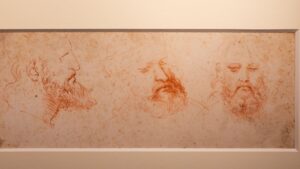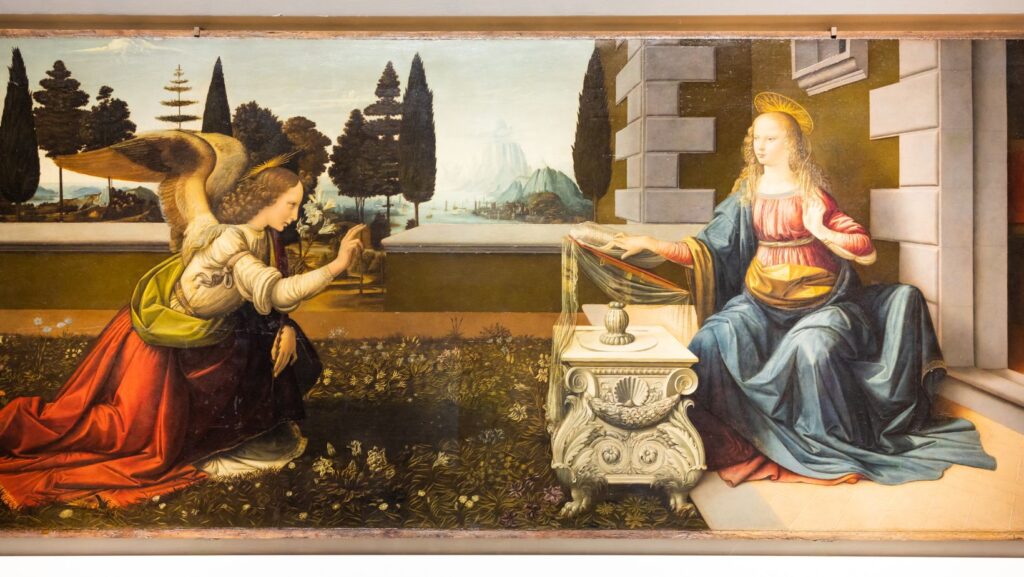In a world where visual appeal reigns supreme, aesthetic art captures the essence of beauty and emotion through its unique blend of color, form, and texture. This art form transcends traditional boundaries, inviting viewers to explore the depths of creativity and imagination. With its roots deeply embedded in history, aesthetic art continues to evolve, reflecting contemporary trends while maintaining its timeless allure.
Aesthetic art isn’t just about pleasing visuals; it’s an experience that engages the senses and evokes a personal connection. Artists employ various techniques and mediums to create pieces that resonate with diverse audiences. As society becomes increasingly visual, the demand for aesthetic art grows, influencing everything from interior design to digital media. Its ability to transform spaces and inspire emotions makes it a powerful tool in the modern world.
Aesthetic:nigrletccy4= Art
 Aesthetic art captivates through beauty and emotion, merging color, form, and texture to evoke responses. It goes beyond visual appeal, inviting viewers into an immersive experience where they connect with the artist’s vision. Diverse techniques and mediums in aesthetic art reveal distinct cultural influences and personal styles, enriching the depth and reach of the artwork. As people seek personal expression and harmonious environments, aesthetic art finds an increasing presence in interior design and digital platforms. The versatility of aesthetic art shapes moods, transforming spaces based on thematic elements or emotional undertones. By bridging sensory perception and emotional resonance, aesthetic art maintains its place in both traditional and modern contexts, continuously engaging diverse audiences.
Aesthetic art captivates through beauty and emotion, merging color, form, and texture to evoke responses. It goes beyond visual appeal, inviting viewers into an immersive experience where they connect with the artist’s vision. Diverse techniques and mediums in aesthetic art reveal distinct cultural influences and personal styles, enriching the depth and reach of the artwork. As people seek personal expression and harmonious environments, aesthetic art finds an increasing presence in interior design and digital platforms. The versatility of aesthetic art shapes moods, transforming spaces based on thematic elements or emotional undertones. By bridging sensory perception and emotional resonance, aesthetic art maintains its place in both traditional and modern contexts, continuously engaging diverse audiences.
Historical Evolution of Aesthetic:nigrletccy4= Art
 Aesthetic art, focusing on beauty and emotional depth, has evolved significantly over centuries. In ancient Greece, aesthetic principles were centered around ideals of symmetry and proportion. These ideals influenced not only art but architecture, creating timeless structures and sculptures. Moving into the Renaissance period, aesthetic art saw a heightened emphasis on realism and human emotion, with artists like Leonardo da Vinci and Michelangelo pushing the boundaries of form and expression.
Aesthetic art, focusing on beauty and emotional depth, has evolved significantly over centuries. In ancient Greece, aesthetic principles were centered around ideals of symmetry and proportion. These ideals influenced not only art but architecture, creating timeless structures and sculptures. Moving into the Renaissance period, aesthetic art saw a heightened emphasis on realism and human emotion, with artists like Leonardo da Vinci and Michelangelo pushing the boundaries of form and expression.
The transition into modernism saw aesthetic art take on new dimensions. Artists such as Monet and Van Gogh introduced impressionism, capturing fleeting moments with vibrant colors and bold strokes. The 20th century brought further transformation as abstract and minimalist movements emerged, challenging traditional perceptions of aesthetic beauty and expression.
Today, aesthetic art continues to evolve, integrating digital mediums and global influences. This historical journey showcases the adaptability and enduring relevance of aesthetic art, as it reflects changing societal values and artistic ingenuity.
Key Characteristics of Aesthetic:nigrletccy4= Art
 Aesthetic art embodies several defining elements that contribute to its appeal and impact. Beauty serves as a fundamental aspect, with artists employing harmony, balance, and color to evoke visual delight. Emotion plays a significant role in aesthetic art, enabling artists to convey feelings and moods that resonate with viewers. Techniques like brushwork, line, and texture add depth and engage the senses. Variety across mediums, including painting, sculpture, and digital forms, showcases the versatility and adaptability of aesthetic art.
Aesthetic art embodies several defining elements that contribute to its appeal and impact. Beauty serves as a fundamental aspect, with artists employing harmony, balance, and color to evoke visual delight. Emotion plays a significant role in aesthetic art, enabling artists to convey feelings and moods that resonate with viewers. Techniques like brushwork, line, and texture add depth and engage the senses. Variety across mediums, including painting, sculpture, and digital forms, showcases the versatility and adaptability of aesthetic art.
Furthermore, aesthetic art often reflects cultural influences, enabling unique interpretations of beauty and emotional expression. Symbolism and metaphor are frequently employed, adding layers of meaning to the artwork. In contemporary society, the demand for aesthetic art spans across various domains due to its capacity to transform environments. From enhancing interior spaces to enriching digital experiences, aesthetic art continues to inspire and connect individuals, emphasizing both personal expression and a collective cultural dialogue.
Influential Aesthetic Artworks
Aesthetic art remains a powerful medium for personal and cultural expression. Its evolution from ancient Greece to the digital age highlights its adaptability and enduring impact on society. By embracing diverse techniques and mediums, artists continue to create works that resonate deeply with viewers. Whether through the harmonious balance of a Renaissance painting or the vibrant energy of a modern digital piece, aesthetic art captivates and inspires. As people seek meaningful connections and environments that reflect their identities, aesthetic art’s role in shaping personal and shared experiences becomes increasingly significant. Its transformative power ensures its place at the heart of artistic innovation and cultural dialogue.
